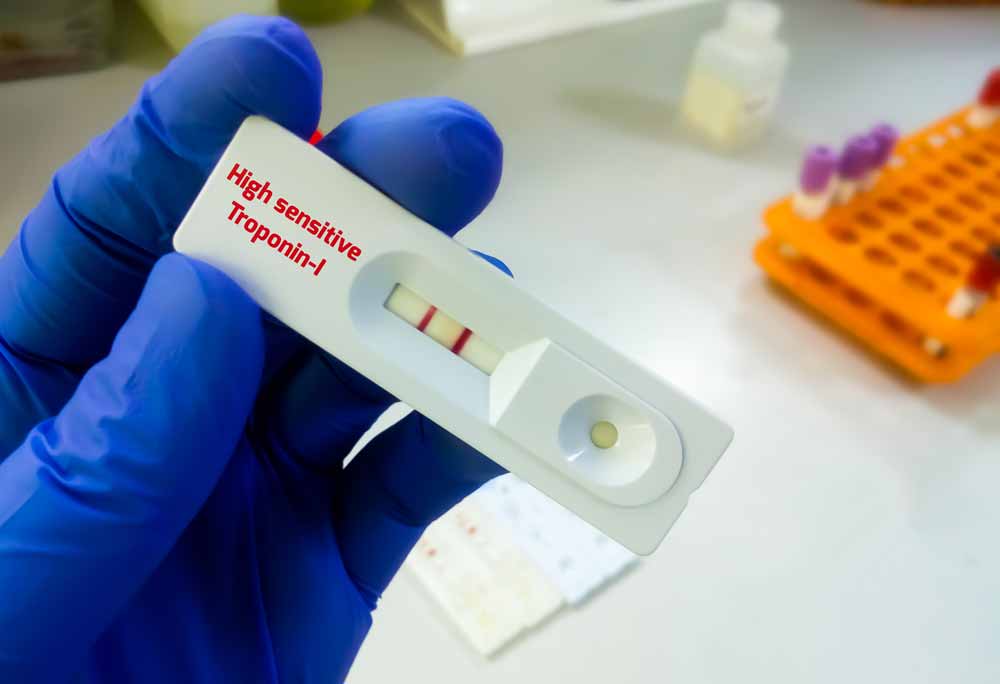DASH Prediction Score for Recurrent VTE

Predicts likelihood of recurrence of VTE.
The DASH Score is meant to be applied to stable patients. It should not be applied to patients with active hemorrhage or those with signs and symptoms of VTE.
Many patients diagnosed with VTE are put on long-term or even life-long anticoagulation. The DASH Score predicts which individuals may be low-risk enough to stop anticoagulation after an appropriate 3-6 month period.
Measured ~1 month after stopping anticoagulation:
No
Yes
No
Yes
No
Yes
If male patient, select “No”:
No
Yes
| Patient’s score | Points | Annual Recurrence Rate of VTE | Management |
|---|---|---|---|
| 0 | 0 | 0 | 0 |
Addition of the selected points:
| Criteria | Weighted Score |
| D-dimer abnormal | +2 |
| Age ≤50 years | +1 |
| Sex – Male | +1 |
| Hormone use at time of initial VTE (if female) | -2 |
Clinical interpretation:
In a patient with previously diagnosed VTE who has completed a 3-6 month course of anticoagulation if the DASH score is:
| Points | Annual Recurrence Rate of VTE | Management |
| ≤1 | Low Risk | Consider discontinuing anticoagulation, as this group has an annual recurrence risk of 3.1%. |
| ≥2 | High risk | Consider continuing anticoagulation, as this group has an annual recurrence risk of 9.3%. |
In patients previously diagnosed with VTE who have completed a 3-6 month course of anticoagulation, DASH Scores ≤1 are associated with 3.1% annual recurrence, which may be low enough to consider discontinuing anticoagulation. Conversely, patients with DASH Scores ≥2 are at high risk for recurrent VTE and may require long-term anticoagulation.
Statistical interpretation:
| DASH Score | Annual Recurrence Rate |
| -2 | 1.8%* |
| -1 | 1.0% |
| 0 | 2.4% |
| 1 | 3.9% |
| 2 | 6.3% |
| 3 | 10.8% |
| 4 | 19.9% |
The DASH prediction rule is a risk stratification tool which aids physicians in deciding whether a patient with their first unprovoked venous thromboembolism (VTE) is at risk for recurrence and could aid in deciding how long a patient should be on anticoagulation. Patients were excluded from this study if they had:
- antiphospholipid antibodies or antithrombin deficiency;
- Surgery;
- Trauma;
- Active cancer;
- Immobility;
- Pregnancy/peripartum status,
as these were thought to be “provoked” or “secondary” VTE.
The authors of the original study performed a meta-analysis of available individual patient data derived from prospective studies of patients with first VTE who received anticoagulation and followed up over 5 years.
Patients were excluded if they had known VTE risk factors such as surgery, trauma, active cancer, immobility, or pregnancy. Oral contraception use and hormone therapy, or a thrombophilic blood abnormality, were included.
Patients were followed up after anticoagulation was stopped, and documentation was kept for recurrence, death or restarting of anticoagulation.
The final variables included: D-dimer, age ≤50, patient sex, and hormone use at the time of initial VTE. After correction for optimism each was given a score: +2 for abnormal dimer, +1 for age ≤50, +1 for male sex, -2 for hormone use (in females).
In the study cohort the annualized recurrence of VTE was 3.1% for patients with a DASH ≤1 and 9.3% for a DASH >1. The authors concluded that in their cohort up to 51.6% of patients had a DASH ≤1 and could have avoided life-long anticoagulation.
Controversy exists regarding the length of time a patient should be anticoagulated after their first VTE. D-dimer is measured ~1 month after stopping anticoagulation. The cited 5-year recurrence rate of VTE is 25-30%. The recurrence risk of VTE decreases with time. The risk of bleeding complications due to anticoagulation increases with time of use.
The DASH Score has been externally validated; however, recurrence risk in patients >65 years old is still >5% even in patients with low DASH Scores (Tosetto 2017).
Anticoagulation in the original study was limited to vitamin K antagonists, and its use with other drug classes has yet to be established.
No decision rule should trump clinical assessment. Consider the clinical scenario before continuing or discontinuing anticoagulation for VTE.
Literature:
Tosetto A, Iorio A, Marcucci M, Baglin T, Cushman M, Eichinger S, Palareti G, Poli D, Tait RC, Douketis J. Predicting disease recurrence in patients with previous unprovoked venous thromboembolism: a proposed prediction score (DASH).J Thromb Haemost. 2012 Jun;10(6):1019-25. doi: 10.1111/j.1538-7836.2012.04735.x. https://pubmed.ncbi.nlm.nih.gov/22489957/
Kearon C, Iorio A, Palareti G. Risk of recurrent venous thromboembolism after stopping treatment in cohort studies: recommendation for acceptable rates and standardized reporting. J Thromb Haemost 2010; 8: 2313–5. https://onlinelibrary.wiley.com/doi/full/10.1111/j.1538-7836.2010.03991.x
Tosetto A, Testa S, Martinelli I, et al. External validation of the DASH prediction rule: a retrospective cohort study. J Thromb Haemost. 2017;15(10):1963-1970. https://onlinelibrary.wiley.com/doi/full/10.1111/jth.13781
Kearon C, Kahn SR, Agnelli G, Goldhaber S, Raskob GE, Comerota AJ. Antithrombotic therapy for venous thromboembolic disease: American College of Chest Physicians Evidence-Based Clinical Practice Guidelines (8th Edition). Chest 2008; 133: 454S–545S.
Register on our website right now to have access to more learning materials!
Celebrating a Major Milestone: SESAM Recognizes ClinCaseQuest’s Defragmented Debriefing Model as an Advancement in Clinical Simulation 2024
At ClinCaseQuest, we are thrilled to announce an outstanding achievement in the field of medical…
Acute Pulmonary Edema: Emergency Care Algorithm – Should We Remove or Redistribute the Fluid?
Case Presentation: A 64-year-old man was transported to the emergency department by ambulance due to…
ClinCaseQuest Featured in SchoolAndCollegeListings Directory
Exciting News Alert! We are thrilled to announce that ClinCaseQuest has been successfully added to…
Сounseling a patient with suspected Takotsubo-syndrome OSCE guides
The onset of the consultation Wash hands and put on PPE if necessary. Introduce yourself…
Takotsubo syndrome
Takotsubo syndrome is a condition characterized by the sudden onset of acute, transient (lasting up…
Counseling of a patient with symptomatic bradycardia – OSCE guide
https://clincasequest.hospital/course/interrupted-symphony/ The onset of the consultation Wash hands and put on PPE if necessary. Introduce…









